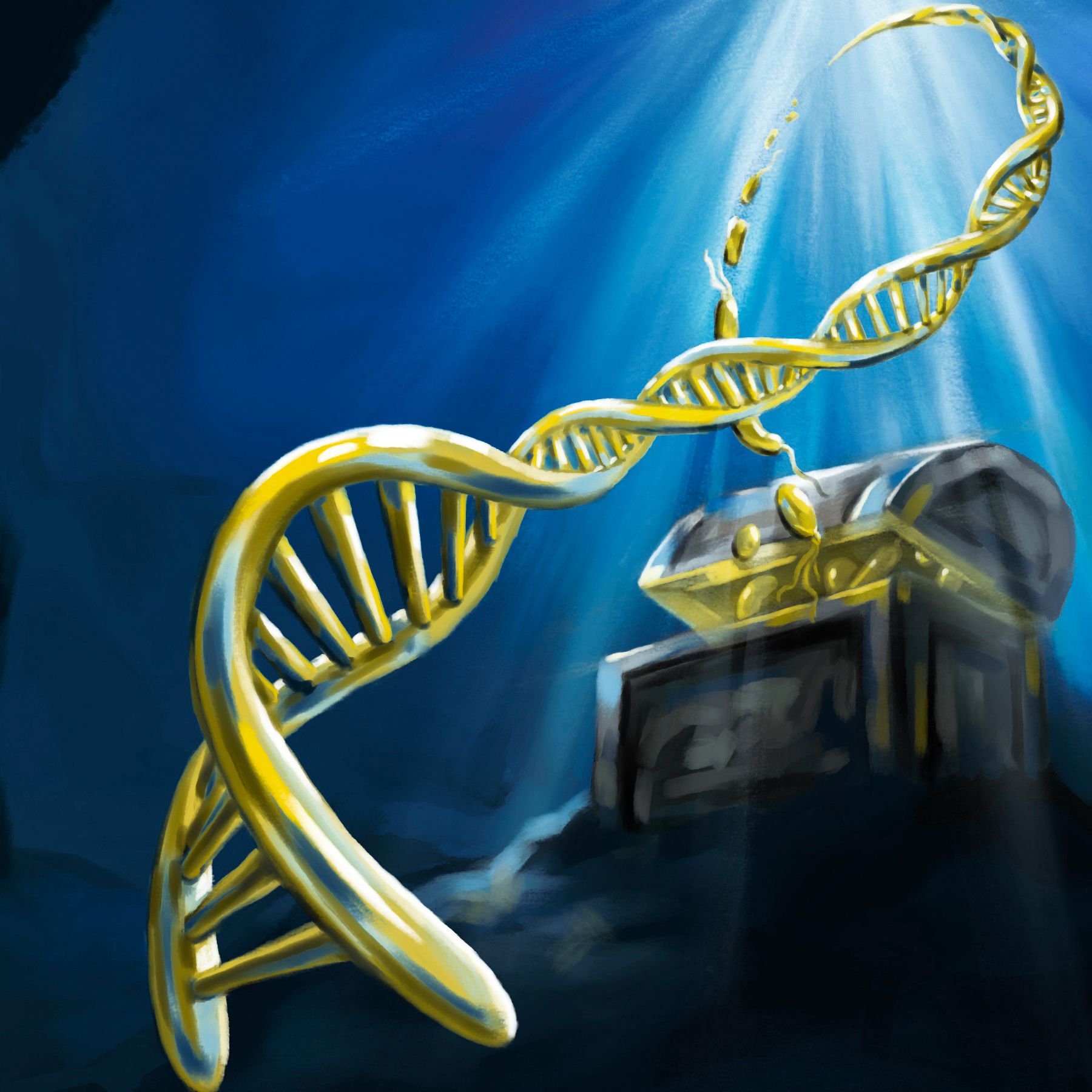Biosynthetic potential of the global ocean microbiome
In a recent Nature paper, collaborative work between the groups of Shini Sunagawa (IMB), Serina Robinson (now Eawag) and Jörn Piel (IMB) demonstrate how environmental genomics enables the discovery of biosynthetically diverse bacteria, unexpected enzyme activity and novel natural product structures.
Microbes are metabolically diverse and ubiquitous in nature. However, the vast majority of microbes has not yet been cultivated and studied in the laboratory. This limitation poses a major challenge to explore their metabolic diversity. An alternative, cultivation-independent approach to access this information is genome-resolved microbiomics. This method refers to the reconstruction of draft genomes by extracting and sequencing the DNA contained in samples from the environment. The ocean, for example, is poorly represented by genome-resolved information despite being the largest biome on Earth. In this work, the researchers reconstructed 26,000 genomes using DNA data from ocean water samples collected at global scale. These genomes were merged with previously available data and used to establish the Ocean Microbiomics Database: external page https://microbiomics.io/ocean.

Mining the Ocean Microbiomics Database uncovered more than 7,000 families of biosynthetic gene clusters (BGCs), which encode the blueprint for the synthesis of biochemical, often complex compounds, examples of which include promising leads for drug development. The vast majority of these BGCs along with many microbes encoding them were previously unknown. The researchers discovered a bacterial family, now named “Eudoremicrobiaceae”, as one of the most biosynthetically diverse bacteria in the open ocean. Two new BGCs, phospeptin and pythonamide, were biochemically characterized and revealed cases of unusual bioactive compound structure and unpredictable enzymology, respectively. Together, this work uncovers the vast biosynthetic potential of the ocean microbiome and demonstrates a microbiomics-enabled strategy for bioprospecting of yet unknown enzymes and natural products.
Link to the ETH news article
Link to the external page publication in Nature